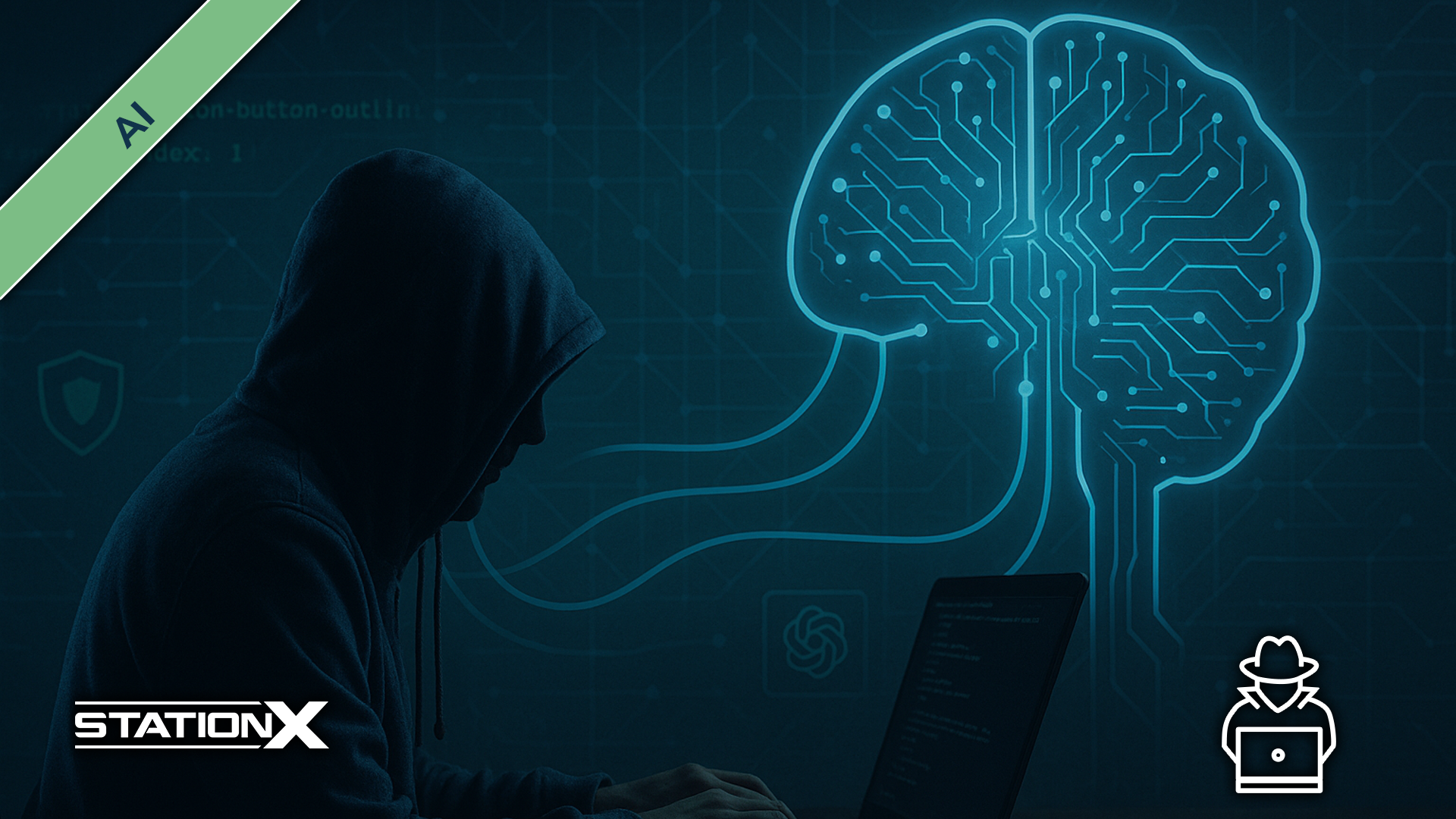AI for Hacking and Bug Bounty Hunting
Explore how artificial intelligence is transforming cybersecurity in this hands-on course. Learn to use AI tools for ethical hacking, bug bounty hunting, vulnerability scanning, and automating recon—equipping you to identify critical risks and defend digital assets with confidence.

What You’ll Learn
This AI for Hacking and Bug Bounty Hunting will teach you:
- Bug bounty automation: Streamline hunting with intelligent tools and prompts.
- Machine learning basics: Understand ML models for malware detection and analysis.
- Prompt engineering: Automate API testing and report creation with LLMs.
- POC deployment: Build AI-assisted tools to identify and test software threats.
- AI tools for hacking: Use AI for recon, scanning, and exploit analysis.
- Vulnerability scanning: Find weak points and zero day vulnerabilities efficiently.
- Shell globbing techniques: Discover shell-based exploitation and automation tricks.
- WAF bypass: Train LLMs to evade security filters and simulate attacks.
Included in AI for Hacking
Suitable for the Following Careers
Course Content
Introduction
Bug Bounty Techniques
Reconnaissance
LLM Tools Overview
Prompt Engineering
Web AI Development
Tool-Based Recon
JavaScript Analysis
Web Exploitation
WAF & Core Concepts
Introduction of Shell Globbing
Techniques of Shell Globbing
LLMs & Automation
HTTPX & Screenshots
VAPT Report Generation
Nuclei & YAML Automation
Postman Usage
API Vulnerability Testing
Audio Version of Training
OPEN FULL CURRICULUM
Requirements
Description of AI for Hacking and Bug Bounty Hunting
AI is revolutionizing the world of ethical hacking—and this course is your gateway to mastering it. You'll learn to integrate powerful AI tools into your bug bounty and penetration testing workflows, using real-world exploits, network security techniques, and prompt engineering. This course focuses on practical implementation, teaching you how to detect threats, reduce false positives, and uncover vulnerabilities across digital assets.
From automating reconnaissance to crafting AI-driven reports, you'll gain hands-on experience using tools like ChatGPT, Ollama, Burp Suite, and custom LLM setups. You’ll also explore zero day vulnerabilities, set up a local MCP server, and create prompt-driven payloads—giving you a future-proof edge in cyber defense.
- Use AI to automate reconnaissance, testing, and reporting
- Identify security flaws with LLM-assisted API testing
- Bypass WAFs and simulate cyber attacks with live demos
- Create shell globbing exploits and train your own LLM
- Perform real-time exploit development and vulnerability detection
- Build intelligent bug bounty hunting workflows using AI
By the end of the training, you’ll have the knowledge and toolset to use AI for hacking responsibly, uncover vulnerabilities faster, and stay secure in a constantly evolving cyber world.
Who Is This Course For
This course is ideal for aspiring ethical hackers, bug bounty hunters, and cybersecurity professionals who want to incorporate artificial intelligence into their security workflows. It’s also great for developers, students, and red teamers aiming to stay ahead in AI-driven threat detection.
Course Instructor
Rohit Gautam is the CEO and Founder of Hacktify Cyber Security. With years of experience in cybersecurity training, his students have twice ranked among the Top 15 Cybersecurity Researchers of India. Rohit specializes in network exploitation, web application security analysis, and red teaming.
He has worked with top banks in India, including ICICI, Kotak, and IDFC, as part of their VAPT teams. His experience extends to financial organizations like NSDL and Edelweiss and private projects with NTRO and the Government of India.
Rohit has been recognized with various accolades, including Hall of Fame mentions, letters of appreciation, and monetary rewards from companies like Google, Facebook, Trip Advisor, and more, for identifying and responsibly reporting vulnerabilities.
Read More
Read Less
Testimonials

Amina R.
This course helped me understand neural networks and their role in vulnerability detection. I never thought I'd be using automated classification models to triage security reports—truly next-level stuff!

Victor S.
The walkthroughs on integrating open-source AI frameworks into bug bounty workflows were exactly what I needed. Now I can build custom tools that identify exposure patterns others miss.

Lewis T.
What stood out most was the section on using AI to detect payload anomalies and simulate realistic threat scenarios. The course made cutting-edge concepts like contextual analysis feel approachable.
Show More
Show Less
 Rohit Gautam
Rohit Gautam


